So-Called Dark Ages
Rise of the Goths
In the inaugural instalment of ‘The So-Called Dark Ages,’ podcaster Herbert Bushman introduces readers to the Gothic civilization that would eventually help bring down the Roman Empire.
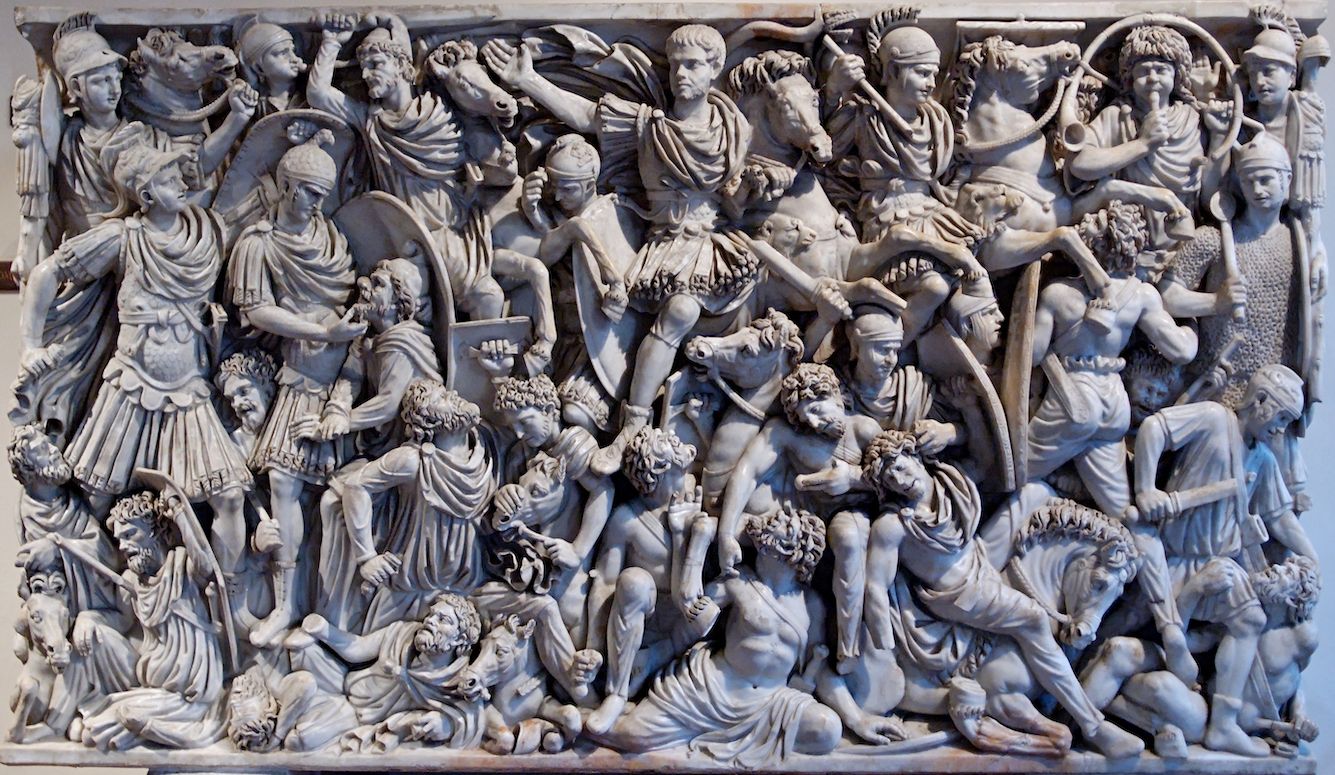
What follows is the first instalment of The So-Called Dark Ages, a serialized history of Late Antiquity, adapted from Herbert Bushman’s ongoing Dark Ages podcast.
In telling the story of the Early Middle Ages—once called The Dark Ages, a term that has now fallen from favor among most historians—I’ve decided to begin with the last hundred years or so of the Western Roman Empire, with a focus on the groups that the Romans described as barbarians.
And within that category, there’s really only one logical starting point, and that’s the Goths. They’re arguably the first domino that set off Europe’s transition into the post-Roman era.
They were, of course, not the only domino. And here is where I run into a structural problem that inevitably attends any narrative description of this historical period. It’s the same structural problem faced by anyone who wants to explain what happened to Rome in the fourth and fifth centuries: There are simply too many things happening. Too many battles, too many wars, too many peoples appearing, disappearing, and migrating across Europe with bewildering speed.
So my plan is this. I’m going to talk about the Goths for five instalments—where they came from, what they did, how they moved around inside the Roman Empire, and how they affected it. The plan is to take them up to around 476 C.E., which is the traditional date given for the fall of the West. Then once we’ve gotten through all of that, we’ll rewind and take a look at other groups, starting with the Huns, and do the same thing—then move on to the Vandals, and so on.
The Goths were a Germanic people, though not one the Romans had grown accustomed to dealing with—as they originated somewhere in the third or even fourth layer of tribes back from the Empire’s borders along the Rhine and Danube rivers.
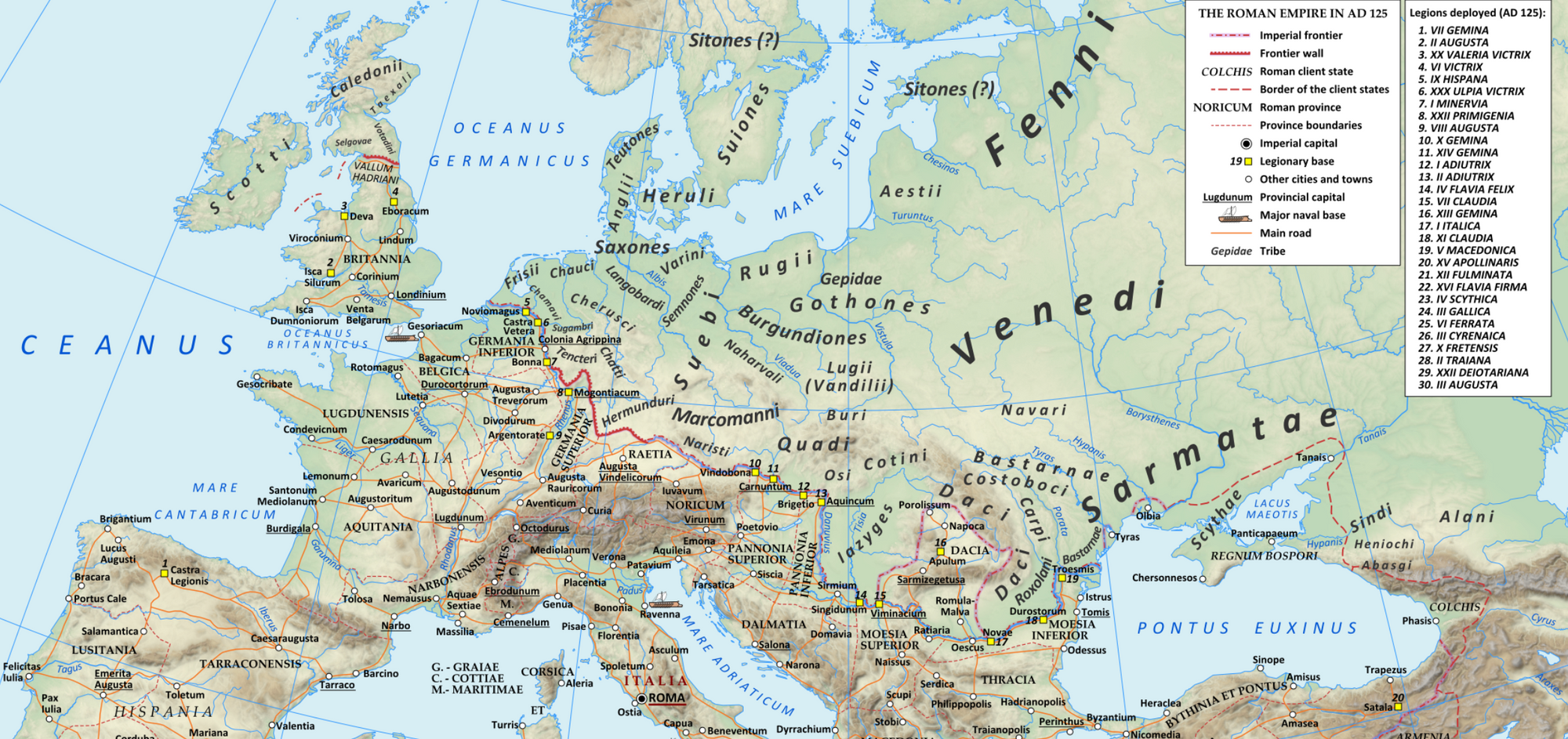
The origin story that the Goths told themselves—as would later be related by the sixth-century writer Jordanes in the Getica (full name: De origine actibusque Getarumi, or The Origin and Deeds of the Goths)—is that they came from an island known as Scandza (which would be modern Sweden); left that land under the leadership of a king called Berig to cross the Baltic Sea; and settled in a place they called Gothiscandza, which would be the coastline of modern eastern Germany and Poland (once described as Pomerania), around the mouth of the Vistula river.
I have good news and bad news about that origin story. The good news is that archaeology suggests the appearance of a culture along the coast of the Baltic at just about the right time to match up with Jordanes’ story around the end of the first century. The bad news is there are no corresponding finds across the sea in Sweden that would suggest the kind of strong link one would expect in the case of a large-scale mass migration.
There had been contact and trade across the Baltic since the Stone Age. So the more likely scenario is that traders and farmers and their families began to migrate across in small groups, and adapted to their new environment and neighbors until there were enough of them to constitute a new cultural group. The story about King Berig is probably just that—a fictional back-formation that the Goths created to provide themselves with a point of origin.
There is a distinct culture in this region of Europe that archaeologists refer to as Wielbark. And it’s mostly accepted by experts that Wielbark is synonymous with the early Goths. These people practised a mix of both cremation and inhumation—that is, burial of the dead. Their dead were not buried with weapons. Apparently, the ancient Goths had no more battles to fight once they’d slipped their mortal bonds.
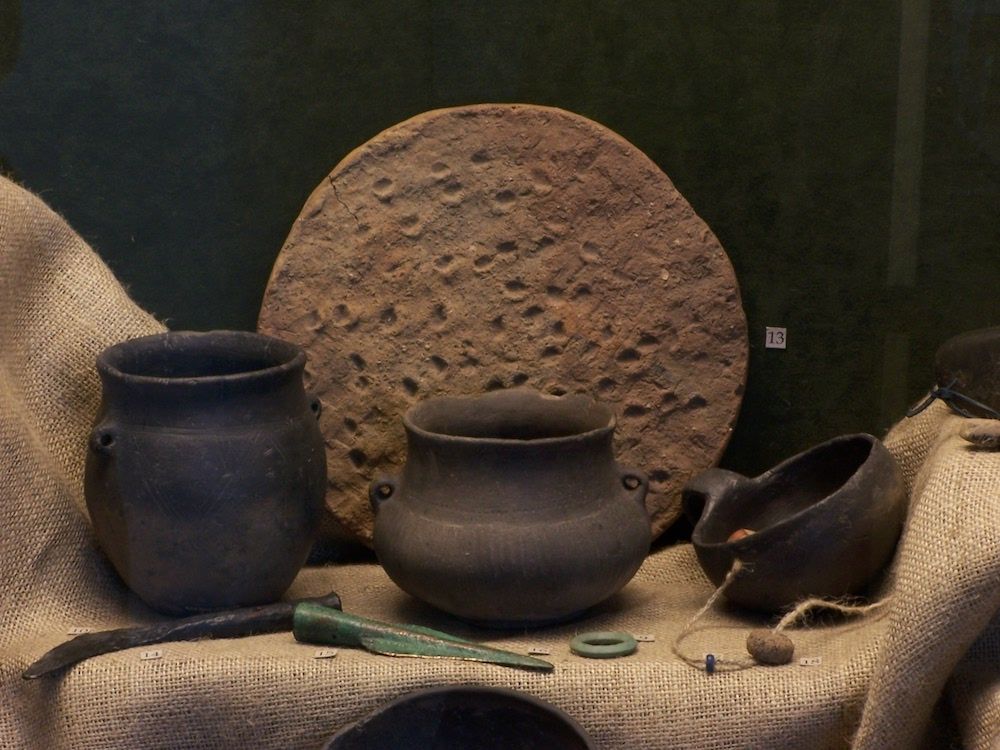
Within a few generations, the Goths outgrew the food-production capabilities of Pomerania’s forest farms, and began to put pressure on their neighbors. They moved south and east up the Vistula, and pushed several other peoples off their lands—most notably the Vandals, who were by now already well-established in Central Europe.
All of this dislocation—proto-Germanic peoples bumping up against each other—probably helped trigger the destructive Marcomannic Wars that consumed Rome’s military energies toward the end of the second century, largely under the reign of the emperor Marcus Aurelius.
At the time, the Romans didn’t seem to know anything about the Gothic back-stage contribution to these struggles. But eventually, Gothic pioneers reached the edge of the forest zone and stepped blinking out into the bright sunlight of the Pontic Steppe, the vast expanse of pancake-flat grassland that stretches north from the Black Sea and east from the Carpathian Mountains across what is now southeast Romania, Moldova, Ukraine, and on through Russia and into Kazakhstan. (The Romans called the region Scythia, and would prove infuriatingly consistent about describing the people who lived there as “Scythians,” no matter who they actually were.)
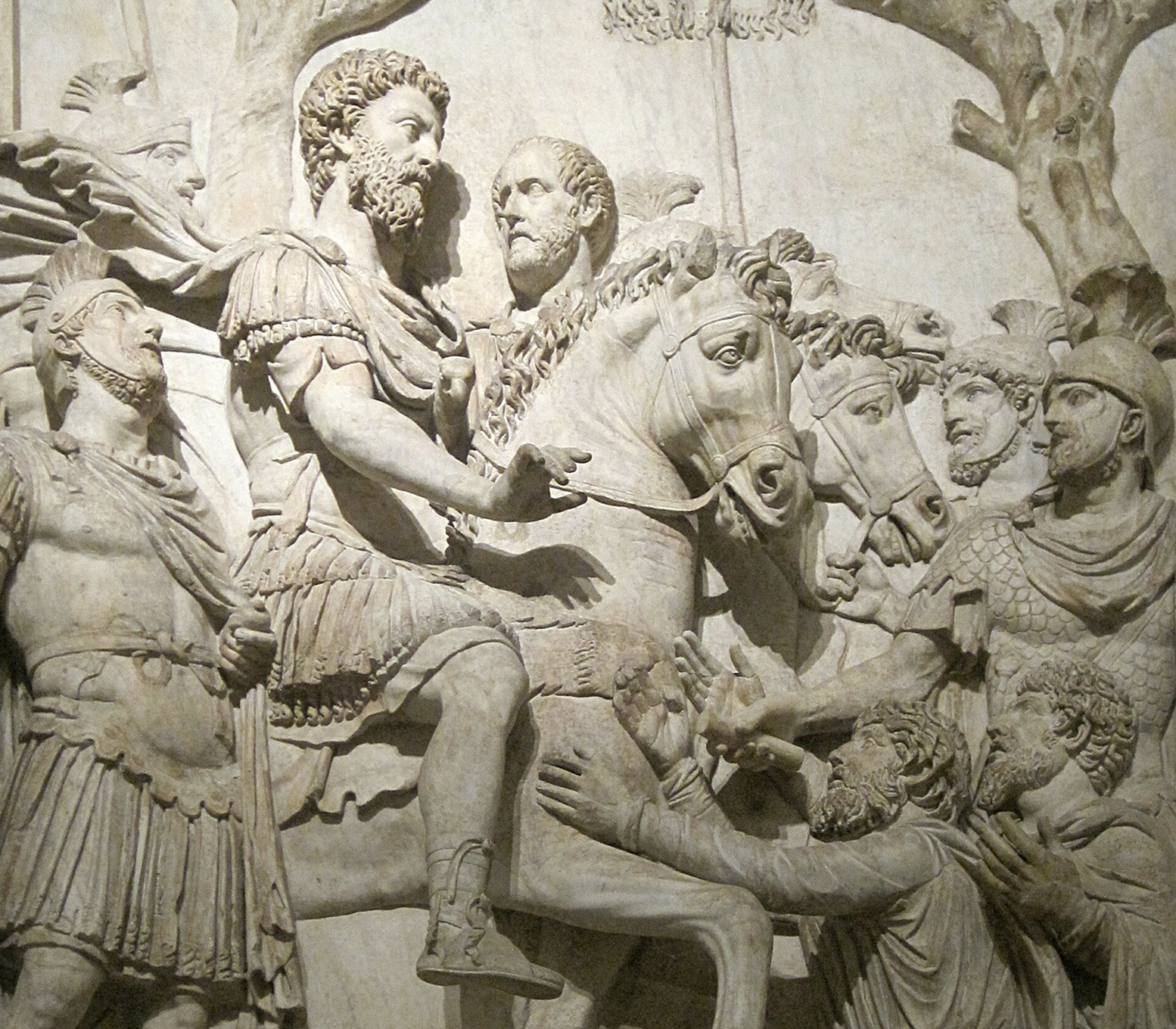
Jordanes tells us about a Gothic king named Filimer who was active during this period—though, here again, we are probably dealing with a character of pure legend. The writer also tells us that almost immediately upon reaching this green open land, the first great division of Goths occurred, into eastern and western branches.
There’s a dramatic story about a river and a bridge collapsing. But given that the likelihood of any kind of substantial bridge existing in this part of the world at that time is quite slim, we’re once again in the realm of myth. (Filimer, by the way, was the Gothic king who supposedly expelled the witches residing in these Scythian lands, creatures called haliurunnas. Gothic historical propaganda would present these witches as the forebears of the first Huns.)
On the open lands of the steppe, the Goths became known as the Greuthungi, a word that some etymologists relate to the Old English greot, meaning gravel or earth. Further west and south, up against the Carpathians and closer to the Danube, were the Thervingi, whose name is possibly related to the Gothic word for tree, suggesting that this branch was once viewed as “forest Goths.”
The dividing line between the two seems to have been the river Dniester in what is now southwestern Ukraine. But in terms of day-to-day life, such divisions probably didn’t figure much in the worldview of the Gothic people, who would have been much more focused on their own individual tribes and villages.
Don’t imagine any of this Gothic expansion as constituting a genocidal replacement of the land’s previous occupants. There certainly must have been conflict. And by the end of the second century, the Goths were undoubtedly the dominant force in Scythia. But these newly arrived neighbours seem to have formed a multi-ethnic confederation, incorporating other Germanic peoples such as the Heruli (who also are believed to be Scandinavian in origin), the Carpi (who resided in what is now Romania), and even the Sarmatians, an Iranian nomadic people who’d migrated to the steppe.
By the early third century, the Goths who’d made themselves master of these grasslands shared a border with the largest and wealthiest empire of ancient Europe. Now is when they truly made themselves known to the Romans.
Raiding began in the third century, which proved to be an opportune moment. Rome was distracted by ongoing political crises and civil wars, which distracted the military establishment and drew troops away from the frontier garrisons that lined the Danube.
The first Gothic raids were smash-and-grab jobs across the river. But they grew in size and ferocity as the advantages of the wealth-by-robbery approach became clear to the various Gothic tribes, which, in turn, began to form larger alliances that allowed them to scale up their attacks. As a result, the Goths have the distinction of constituting one of the three great forces acting on the Roman Empire during the so-called Crisis of the Third Century—the others being Civil War and plague.
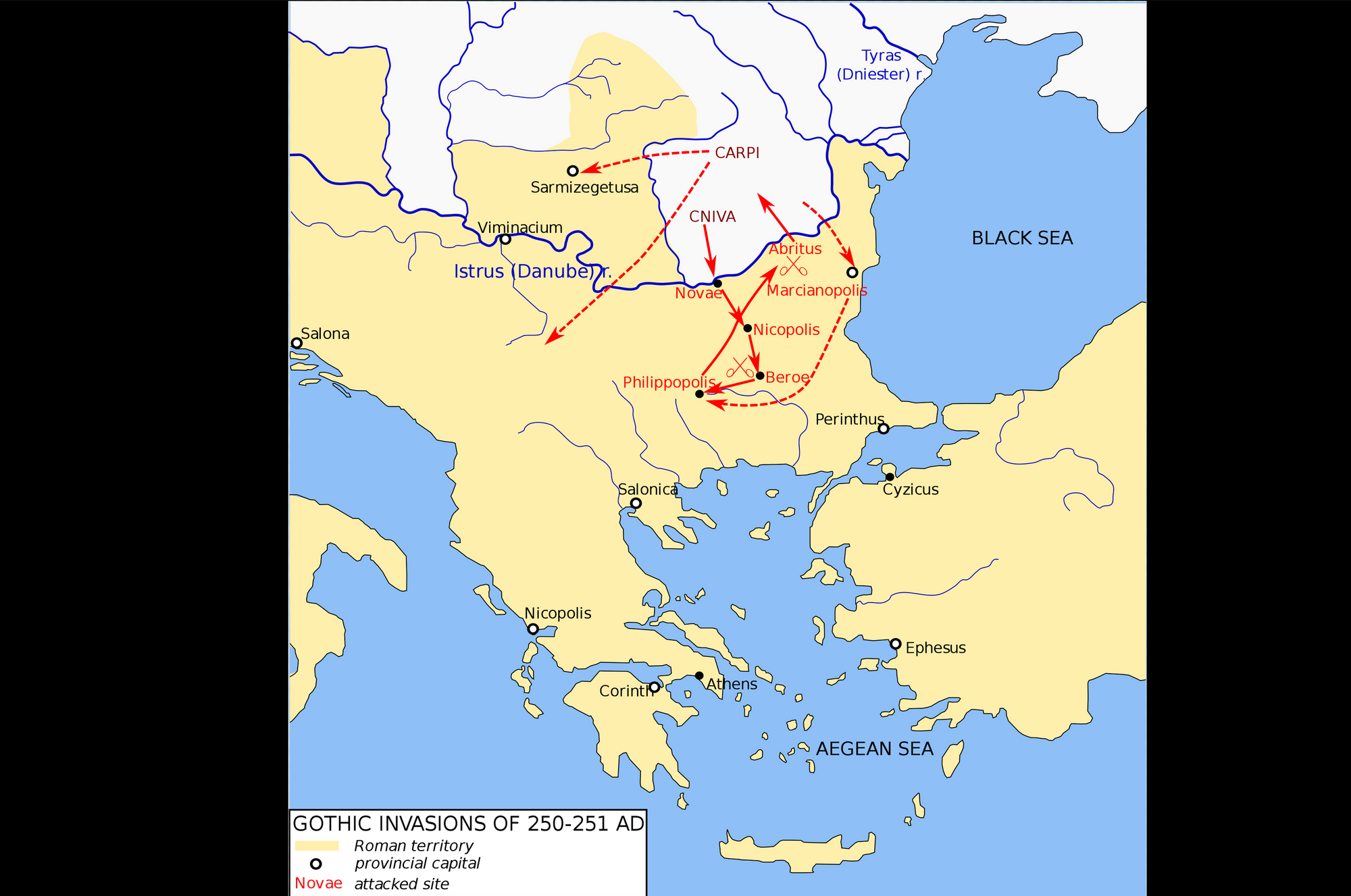
This first round of raids reached a crescendo in around 250 C.E. with the appearance of a Gothic leader called Cniva. (Several sources refer to him as a king, but I shall not, for reasons discussed below.) His invasion force was sufficiently large and well-organized that a multi-pronged approach was possible. The first detachment—a mix of perhaps 20,000 Goths and Sarmatians—crossed the Danube and laid siege to Marcianopolis (modern-day Devnya, in Bulgaria); while Cniva himself crossed further upstream before turning eastward and attacking the Roman fortress of Novae. Jordanes reports that he had 70,000 men with him, which is a lot and probably too many to be believed.
In any event, that attack failed, so Cniva moved further south toward the Roman town of Nicopolis (also in modern Bulgaria, and not to be confused with the Greek coastal town of the same name). There, Cniva was surprised and chased away from the city by an army under the command of the emperor Decius.
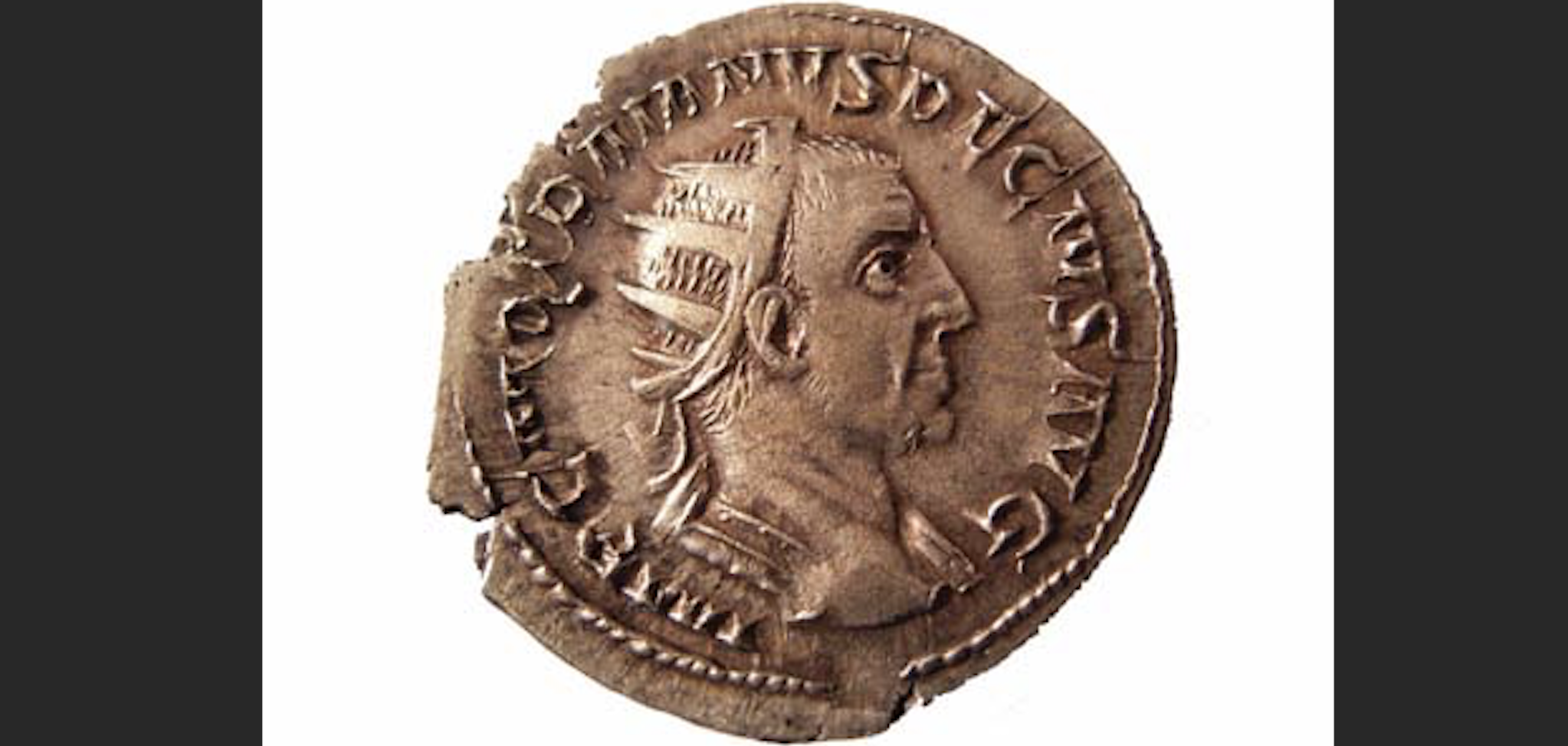
So far, things were not going entirely according to plan as far as Cniva was concerned. Yes, the Goths were having an easy enough time foraging among the unprotected villages of the countryside. But the real wealth was in the cities, and those were proving tougher nuts to crack.
Cniva was not the type to give up in the face of minor inconvenience such as a few Roman legions, however. So instead of retreating across the river and pretending that none of it had happened, he and his Goths moved still further south into the mountains, where they’d be harder to track. This proved to be a good idea, as Cniva was able to double back and surprise Decius in what came to be called the Battle of Beroe.
Jordanes describes the ambush thusly: “Cniva and his Goths fell upon [the Romans] like a thunderbolt. He cut the Roman army to pieces and drove the Emperor with a few who had succeeded in escaping across the mountains.”
This was big news: A substantial Roman field army had been defeated by a barbarian force on imperial soil. Cniva had a free hand now to link up with the other Gothic column and attack the major Thracian urban center of Philippopolis. That city fell “after a long siege” (that’s all Jordanes tells us), and in the summer of 251, it was sacked.
By now, Decius was reconstituting his shattered army. But Cniva had no intention of fighting it. His mission wasn’t to conquer Roman territory or control cities, but to load up his gold, baubles, and slaves, and head back north.
The retreat did not go well, however, as Decius was able to harass the retreating Goths for most of the way, winning several minor engagements and recapturing a fair amount of the booty. But Cniva apparently had taken careful note of the terrain as he and his men had come down from the Danube. And he now steered his battered Goths toward a place where he knew he could make a stand, near the Roman walled city of Abritus.
He divided his men into three battles, placed two to face the oncoming Romans, and a third behind them on the far side of a stretch of boggy ground. The Romans easily scattered the first two divisions, but were then trapped in the hidden marsh and almost completely annihilated by the Goth forces that had been held in reserve.
Both Decius and his son Herennius Etruscus were killed—the first Emperor to die in battle against a barbarian force. (Indeed, the Goths had technically slain two emperors, since Decius had named his son co-emperor.) Three Roman legions were utterly destroyed, this at a time when the Roman empire was pressed on many fronts, and had not a single legion to spare.
The nearest Roman commander of note, a man by the name of Trebonianus Gallus who’d been instrumental in the fighting at Novae, was acclaimed Emperor by the remaining garrison troops, as somebody needed the authority to negotiate with Cniva. Gallus was forced to allow the Goths to retreat safely back across the Danube with their remaining treasure, and agreed to provide tribute payments as a means to forestall further destruction. Several commentators at the time accused him of treachery for this (a charge Jordanes would echo). But he seems to have had little other choice.
Cniva was not heard from again. But the loss of the Danube legions would leave this part of the Roman frontier vulnerable for the next 20 years. If it had not been clear to the Romans before, it was clear now: The Goths had arrived.
As the Goths continued raiding Roman areas, however, they were beginning to run into problems caused by their own success: The lands near the Danube were becoming depopulated, and there wasn’t anything left worth taking. So Gothic raiders had to push further and further into the interior of the Empire, crossing over the Haemus Mountains (now known more commonly as the Balkan Mountains), which limited retreat options down to just a few passes. The return journey, slowed by the weight of their loot, was becoming more and more perilous.
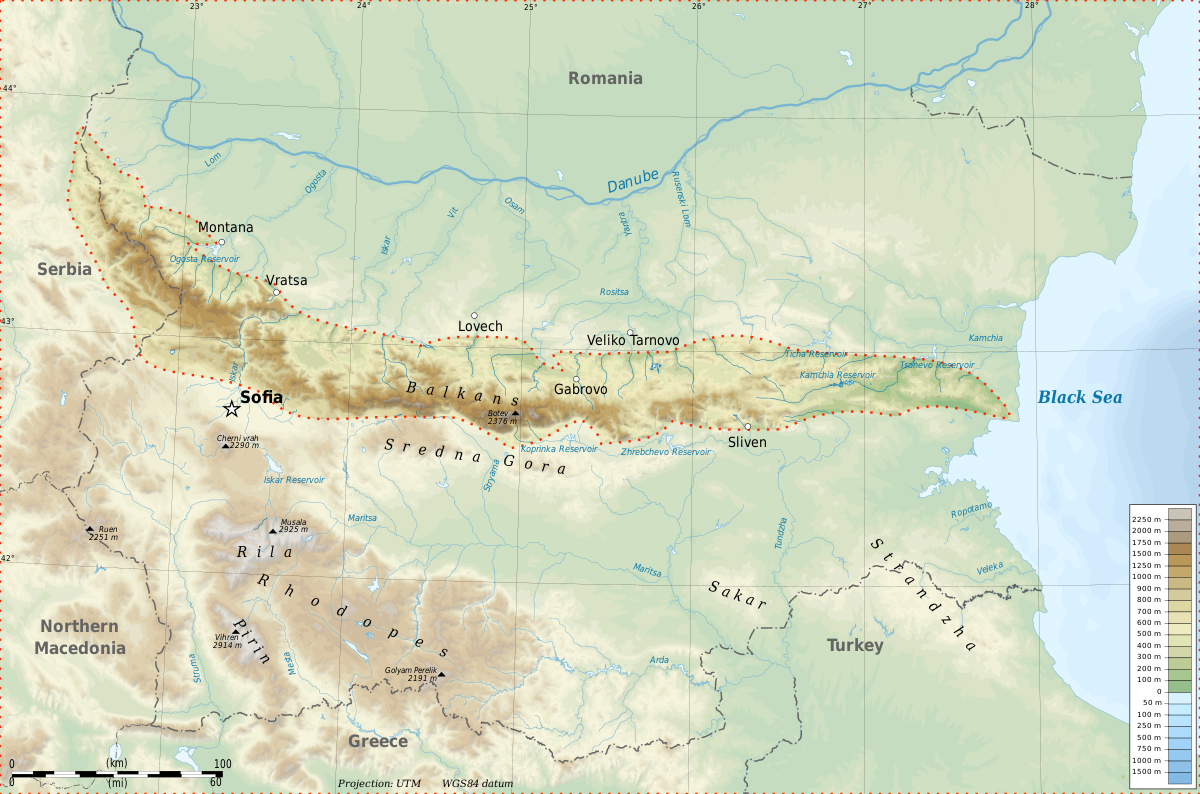
The solution the Goths came up with was to head south by sea. The Greek trading cities on the Crimea were officially under the protection of Rome. But by this point in history, that protection had become as useless as a brass napkin. And while the Goths weren’t great sailors, these coastal cities were full of men who were—men willing to provide passage to large bands of violent-looking soldiers for the small price of keeping their various body parts connected to one another.
The first seaborne attacks by Gothic raiders fell on the wealthy Greek city of Pityus (modern Pitsunda, in Georgia) on the eastern coast of the Black Sea. The operation proved to be a complete failure, as the ship captain simply dropped the Goths off and sailed back home. (Had the raiders not managed to commandeer other boats, more or less by chance, they would have all been killed.) The next year, the Gothic attackers aimed at a target slightly further south, and this time managed to keep their boats—but this raid, too, ended in failure. Undaunted, The Goths took another shot at Pityus, and this time the city was unable to defend itself as the emperor had withdrawn the Roman garrison.
Then, in 257, the seafaring Goths won their greatest prize yet, with the fall of the rich city of Trebizond, on the Black Sea coast of modern Turkey. (Its defenders had been surprised and simply ran away.) The Goths loaded up their ships with spoils and slaves, and sailed back home in triumph. Over time, the annual raids affected the whole northern coast of Anatolia, and eventually passed through the Dardanelles, penetrating into the Aegean Sea in 268.
At this point, I should pause to note that these pirate bands were made up of eastern Goths, the aforementioned Greuthungi—and these were not the same groups as those ravaging the Balkans. (Moreover, like most Gothic raiding parties, they contained a substantial contingent of other Scythian peoples, most notably the Sarmatians.) But the western Goths had taken up the seafaring life by this time as well, accompanied by the Carpi (after whom the Carpathian mountains are named). These later attacks were launched from Greek cities that lay at the mouths of Ukrainian rivers. And the list of cities that fell (often by treachery) comprises a role call of the great urban centers of the east: Nicaea, Nicomedia, Chalcedon, and even Athens. Corinth, Argos, and Sparta all probably fell to the Goths at one point or another as well.
The Roman state did not cover itself in glory with its response to all this. That may be excusable, as the Crisis of the Third Century was still ongoing. But local power structures failed to serve their people just as comprehensively. Following many of the most successful Gothic sea raids, the plundering bands attempted to return to their home territories on foot, which left them open to counterattack. Yet in cases where spoils were taken back from the barbarian invaders, we hear of several instances in which captives moved smoothly from Gothic captivity into Roman captivity, to be sold as slaves to the profit of whatever local landowner happened to have captured them. Meanwhile, much of the more fungible loot simply disappeared into the pockets of local militia commanders.
The failure of the central Roman government to protect its subjects led to more power accumulating in those same predatory local powers, which could at least raise the militia in a timely manner. The Roman Empire was in very real danger of fragmenting into dozens of little city states and fiefdoms 200 years ahead of schedule. And it probably would have done so had the Emperor Aurelian not, seemingly by sheer force of will, managed to arrest Rome’s death spiral.
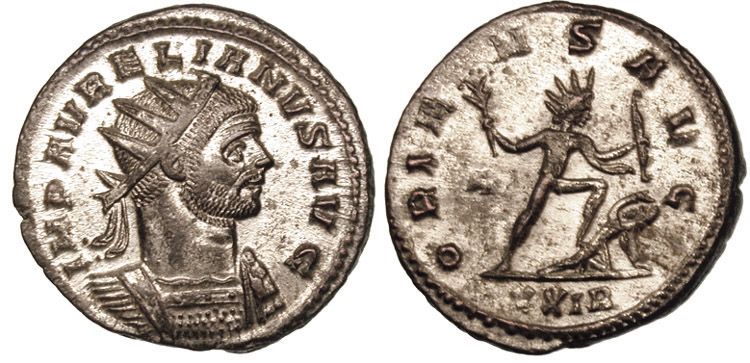
One of the pillars of that achievement was his defeat of Cannabaudes, who was then the latest Gothic leader making life miserable in the region. Aurelian not only drove Cannabaudes out of the Balkans in 271 C.E., but also broke with his more cautious predecessors’ policy and followed the Goths across the Danube to defeat them again in their own territory.
Cannabaudes and about 5,000 of his men were killed, and the Goths were put back in their box for the next hundred years or so. Amazingly, Aurelian did this while on his way to a completely different war—which ended with him destroying the briefly independent breakaway Palmyrene Empire and reattaching the Middle East to the Roman world.
All of this war and raiding makes for dramatic history. But what were the Goths up to when they were home?
Source-wise, we have a clearer picture of the Thervingi, the Western Goths, who lived near the Danube, than of the Greuthungi roaming the steppe. This is not just because they were closer to the Romans who wrote about them, but also because we have the treasure of the Gothic Bible, which was translated under the supervision of the legendary Ulfilas, a Gothic missionary of Cappadocian Greek descent.
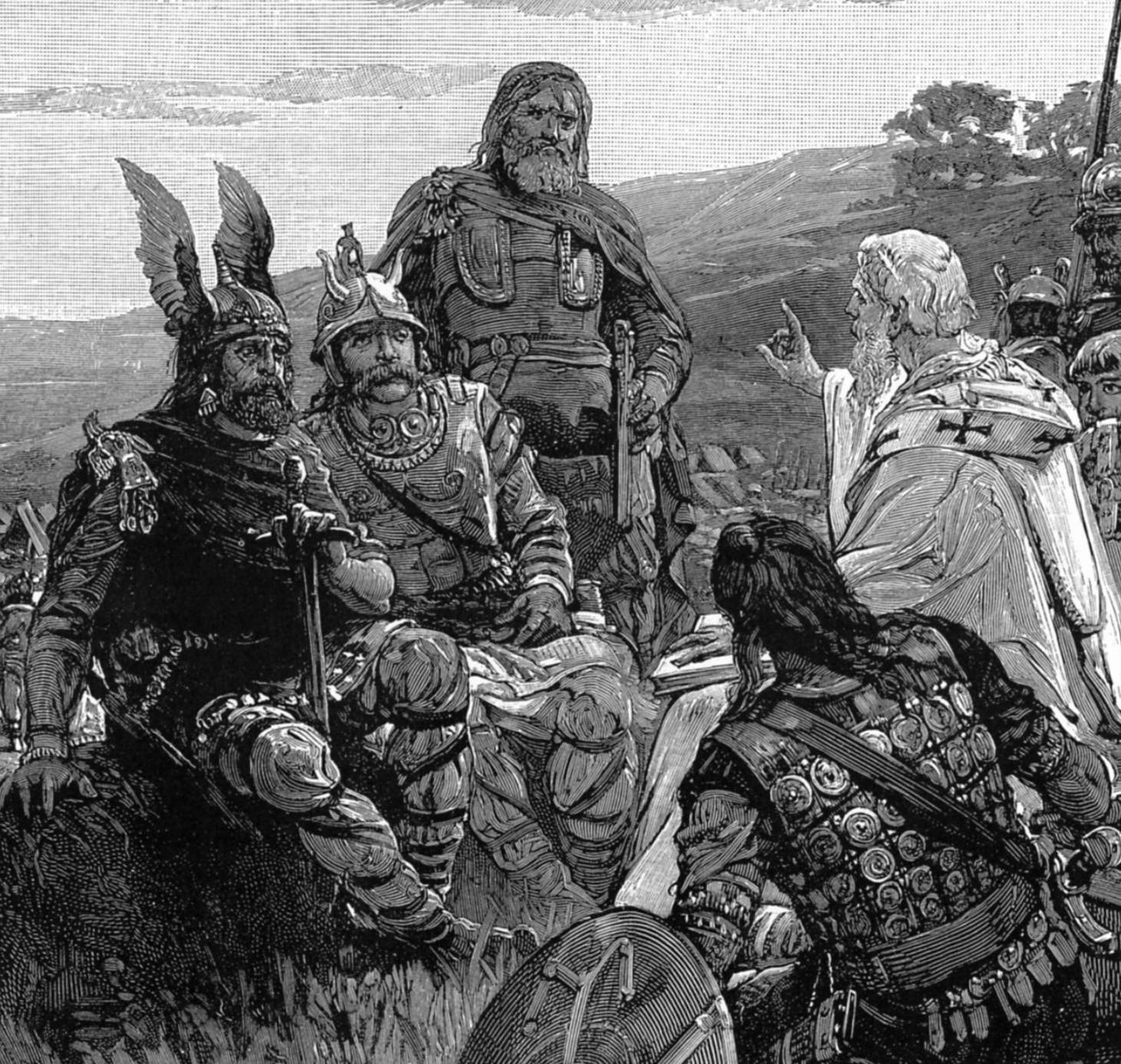
Ulfilas set out to translate the Bible for the edification of his flock. But in order to do that, he first had to invent an alphabet for this pre-literate society—which is quite a thing to do. Not all of his translation survives, but what we do have is a goldmine for scholars. Not only does it shine a light on the Gothic language, but also on Gothic social life, since an examination of how the author chose to describe concepts in the Biblical testaments gives us clues as to the structure of fourth-century Gothic society.
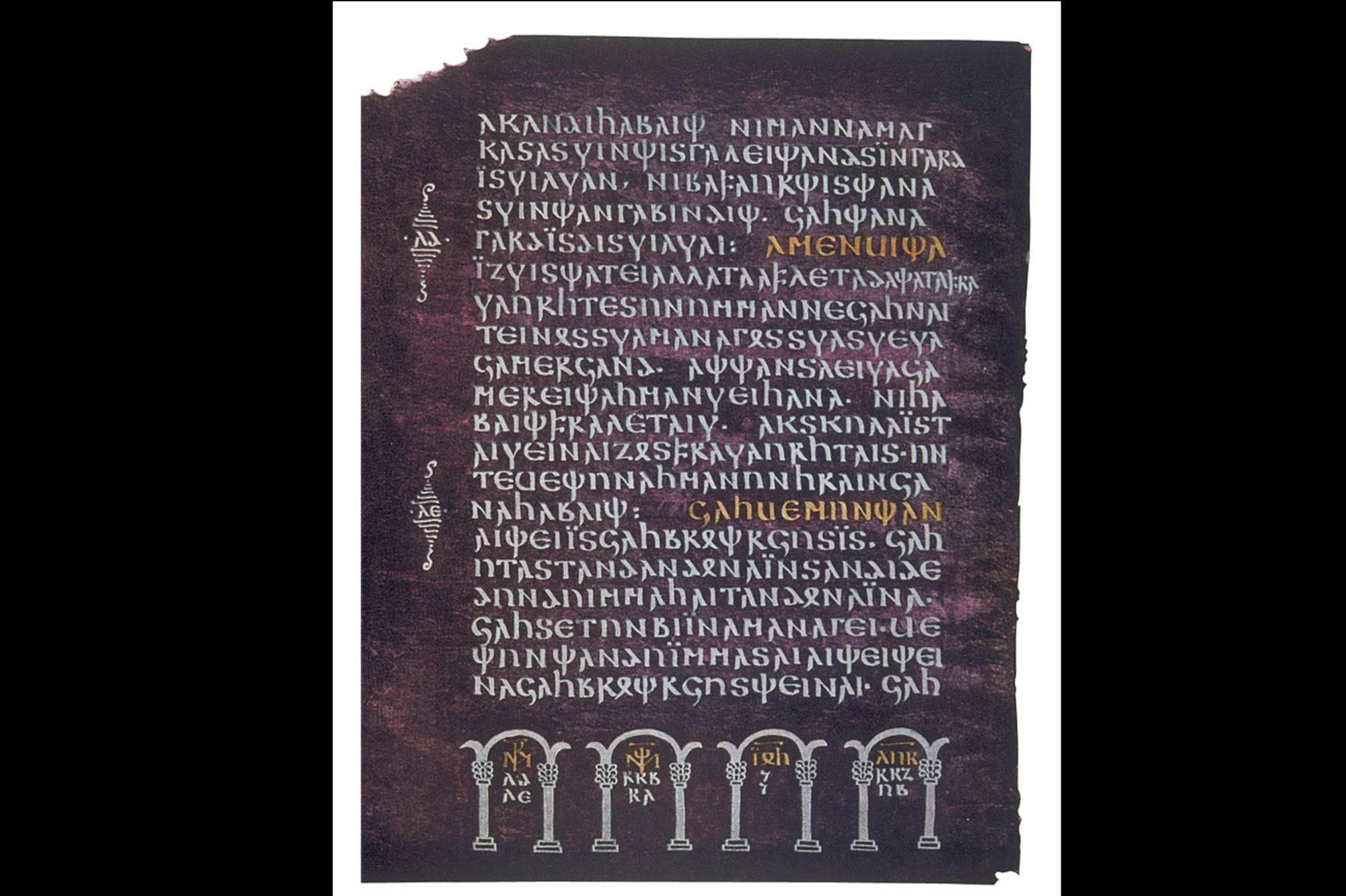
In regard to political organization, the Goths generally existed as a confederation of tribal units called kunja (or kuni in the singular), each of which would be supervised by a reiks, or chief. I suspect that the similarity of this word with the Latin rex is the reason a lot of contemporary Roman writers consistently called Gothic leaders “kings” when they were, in fact, no such thing.
In times of trouble, the various kunja would send representatives to a council, and if the trouble was really bad, the council might elect a kindins. This is usually translated as “judge” (and, interestingly, it’s the title given to Pontius Pilate in the Gothic Bible). The judge held authority over the other chiefs, but it was not a hereditary position.
It was also a mainly defensive position, and so the kindins was not permitted to leave the Guttiuda—the area defined as Gothic-controlled lands. This would lead, later on in our story, to the extraordinary scene in which the Roman emperor Valens met the Gothic leader Athanaric on a boat in the Danube so that the latter could avoid breaking the oath he’d taken as a kindins.
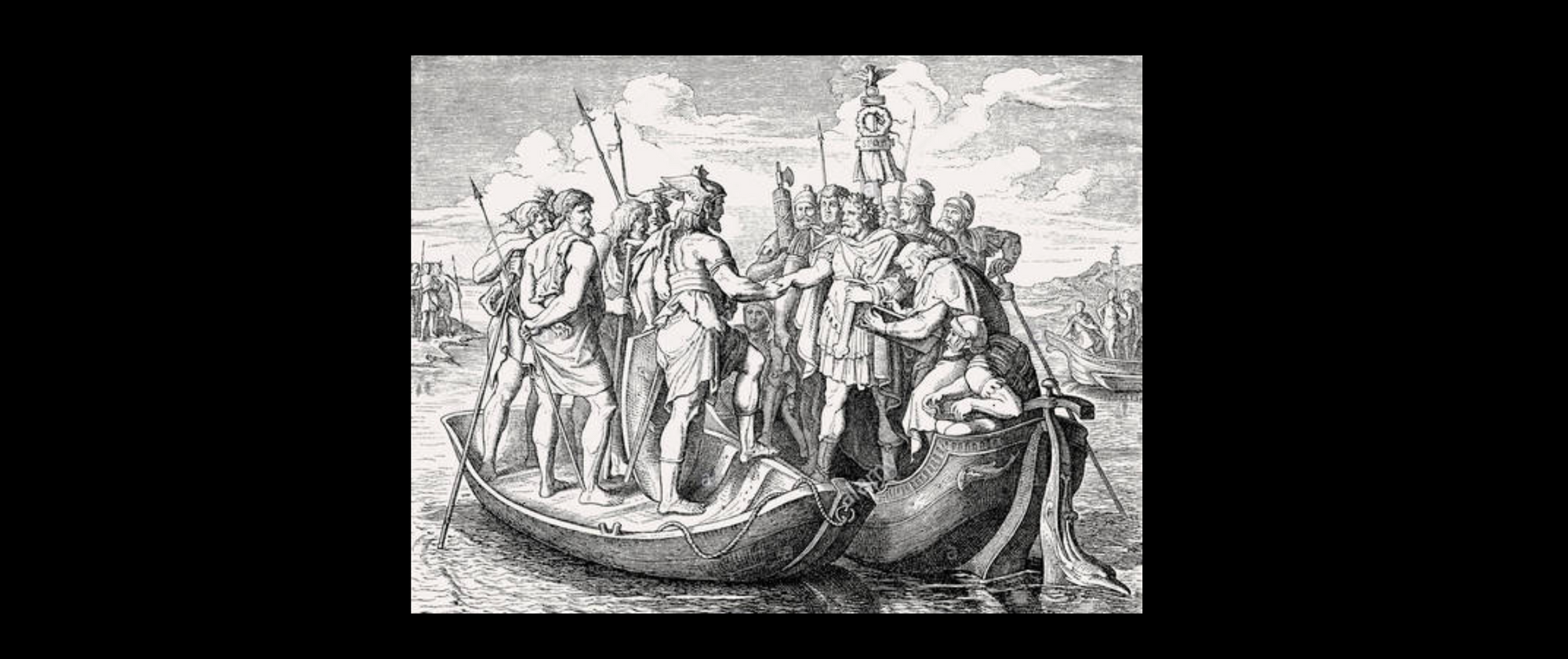
While there was no Gothic tradition of monarchy as we would recognize that term, the Goths did have noble and, indeed, quasi-royal families. The most famous of these were the Thervingian Balthi, as well as the Greuthungian Amals, both of which will play a part in our story. (According to Jordanes, the Balthi were a second-rank lineage, situated below the Amals. But they were certainly the most distinguished of the Thervingi.)
Nobility seems to have been based on descent from ancestral leaders, especially those of the early migrations—which explains the presence in Jordanes’ work of the legendary kings Berig and Filimer. These are the mythological underpinnings of the Goths’ social structure.
As for the Goths’ pre-Christian religion, we don't know much about their pagan pantheon. Roman commentators followed their usual practice of assigning Gothic deities the names of their own Greco-Roman equivalents, which certainly helped their intended audience keep things organized in their minds, but doesn’t help historians (or historically minded neo-pagans) very much. And of course Ulfilas’ Bible isn’t much use on this score, since his goal was to sweep away the old pagan beliefs, not catalog them.

It does seem clear, however, that each kuni was defined by the individual ancestor from whom it descended, and whom they worshipped. In later stories of Gothic Christian martyrs, it’s the refusal to sacrifice to these deities that leads to persecution. Each tribe would have a tribal idol—most often made of wood, apparently. But none of those survive, and detailed descriptions are also sadly lacking.
There also seem to have been a shared pantheon of gods, in addition to those of the parochial ancestor-specific variety. These are collectively known as the æsir, a word that will be familiar to those of you who know your Viking mythology. Equally familiar will be the concept of the world as midjun-gards—literally, the house in the middle, but more usually rendered as “middle earth.”
As a crowd-pleasing gesture to military-history enthusiasts, I will end this instalment with a description of Gothic weaponry. Alas, our knowledge in this area is limited by the fact that, as noted earlier, pagan Goths did not include weapons in their burials—meaning there is little material in the archaeological record to work with. (A Roman source notes that the Goths and Vandals both used small round shields and shortish swords. But that actually just leads to more confusion, as it seems odd to mix a cavalry shield with an infantry weapon.)
If you had any image of Goths in your head before reading this, there is a high likelihood that horses made an appearance. Yet the Thervingi, the western goths whom the Romans interacted with most frequently, were primarily heavy infantry. It was the Greuthungi, out there on the open grasslands of the steppe, who became excellent horsemen. They were not, however, a horse people like the Huns—a distinction I will explain in a future episode.
So far as we can tell from the paltry evidence that exists, the Thervigian fighting man’s loadout would probably have included the hilms (helmet), skildus (meaning shield, a word that actually signifies “split wood,” and thus gives us a clue to its construction), and some kind of body armor—constituting leather or quilted material, or a mail shirt called a brunjo.
The Goths had at least two words for sword, meki and hairus. These are, you will notice, completely different terms, and presumably refered to different weapons. It’s possible the meki was a longsword, more suited to cavalry, similar to or even copied from the Roman spatha. The hairus may have been a short, one-edged weapon, the ancestor of the later Germanic sax or seax, but that connection is tenuous at best.
Interestingly, no word appears in Ulfilas’ Bible for the cavalry lance—though in the Goths’ later history, that weapon would become a signature piece of equiptment. At this early stage, though, it was entirely absent.
Bows were used, but weren’t mounted or massed in the way the Huns would use them. And we know that at the watershed battle of Adrianople, the Romans, bogged down and surrounded, were pelted with large, fire-hardened clubs—which, for some reason, seems like a much worse way to go than an arrow.
It’s a battle event we’ll be discussing in the second instalment, in which the Goths reassert themselves on the battlefield, while also coming to terms with the limits of an economy based on pillaging the bounty of others.





